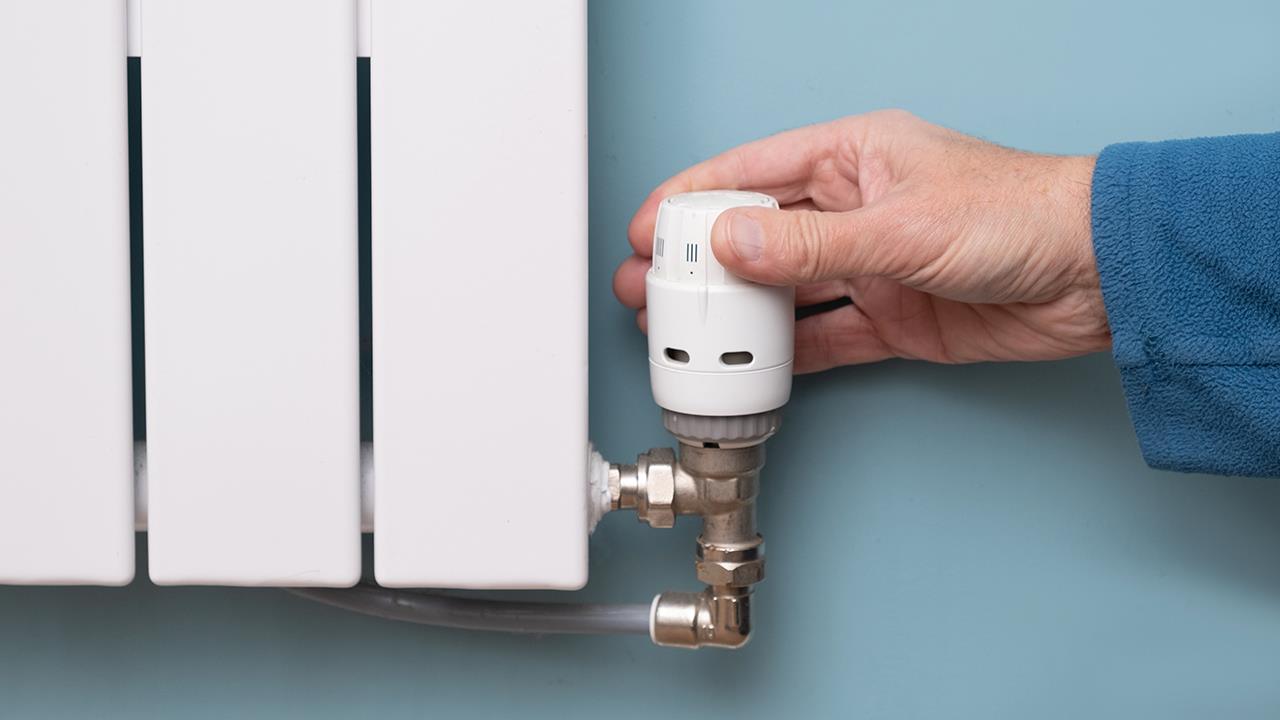

The government’s plans to decarbonise heating mean that we will need to find new fuels for the 23 million homes that currently have a gas boiler. The scale of this challenge is obvious when you realise that, in 2020, natural gas used represented a fifth of all end-use energy in the UK. If we need to replace such a significant proportion of the energy we use, then isn’t the first step to find ways to maximise what we currently use?
In this context, BEAMA recently published a paper setting out the potential benefits of government taking a rigorous approach to improving the efficiency of heat distribution systems. This showed that measures to improve system efficiency have the potential to reduce current gas consumption for heating and hot water by 22% – nearly a quarter. As well as reducing the infrastructure cost of providing decarbonised heat, the same system measures would provide immediate benefits for the energy efficiency of existing homes, so a definite win-win.
The measures included in this analysis were improvements to system balancing and commissioning, adding TRVs to the estimated 60 million radiators currently without one, changing all room thermostats to ones that are both smart and incorporate load or weather compensation, and converting systems to low temperature operation.
All of these are technologies and approaches that are widely understood by the heating industry but don’t necessarily happen in practice. For example, the 2018 Department for Business, Energy and Industrial Strategy Boiler Plus consultation revealed that “most installers do not have a common understanding of hydraulic balancing, with only 18% claiming to undertake it as a standard practice.”
Of course, the cost of some improvements, such as converting an existing system to one that can operate at low temperatures, may seem to be a significant barrier. Yet these costs must be weighed against the potential to reduce the necessary infrastructure costs of decarbonised heating, and the fact that many of these system improvements will be needed for low carbon heating.
These are changes that we could be making to our homes now and should be seen by government as true ‘no-regrets’ policy options.
Strengthening Building Regulations is the first step, which would apply to the 1.6 million boiler replacements each year.
It is encouraging to see a likely move towards requiring more in the way of system improvements in the revised regulations due to come into force in 2022. These include requirements to add TRVs when replacing a boiler, a wider application of the Boiler Plus standards for heating controls, a requirement for systems to be correctly sized with a heat loss calculation carried out, and new systems to be designed to operate at low temperatures.
These are all positive steps but will only be effective if there is proper enforcement so that installers following the regulations do not feel they are being undercut by those who don’t.
It would also help to have financial incentives to encourage householders to consider additional measures that fall under the banner of good practice rather than minimum standards, such as replacing radiators where this could facilitate the fitting of a TRV. This is particularly important where a boiler replacement is an unplanned distress purchase.
The BEAMA paper also looks more widely at how the amount of energy needed to heat our homes can be reduced, showing that this reduction could be around 53% if we also put in place high levels of fabric energy efficiency and take a different approach for hot water.
The Committee on Climate Change’s ‘Further Ambition Scenario’ shows the potential for a 25% reduction in energy demand from fabric efficiency measures. Given that insulation and improved airtightness directly reduce the heat load of homes, it is reasonable to look at these in terms of their potential to reduce the amount of energy needed for heating.
However, hot water could be a difficult area to change. It’s clear that solar power generation could deliver a large proportion of the hot water that a home needs, reducing what the heating system needs to deliver, but this also requires hot water storage. Around 70-80% of homes no longer have a cylinder and occupants could be resistant to loss of space.
The message to government is clear. A strategy to optimise control and efficient operation of UK residential heating systems could significantly reduce the amount of energy required for heating, and the infrastructure cost of providing decarbonised heat. It therefore must be part of the UK’s net-zero roadmap.
If you'd like to keep up-to-date with the latest developments in the heating and plumbing industry, why not subscribe to our weekly newsletters? Just click the button below and you can ensure all the latest industry news and new product information lands in your inbox every week.